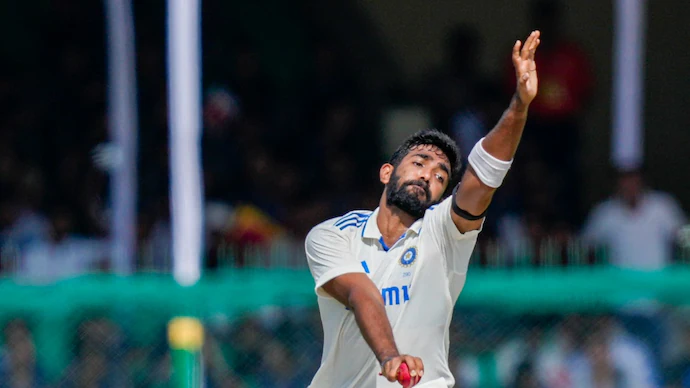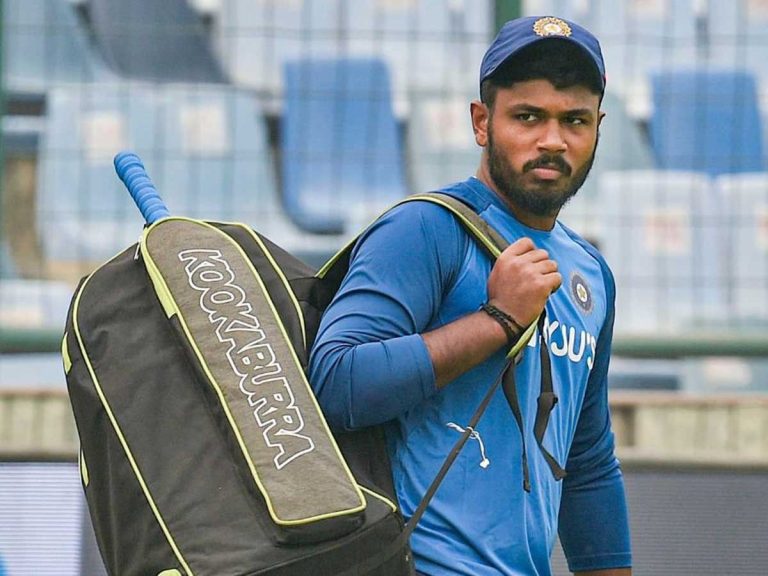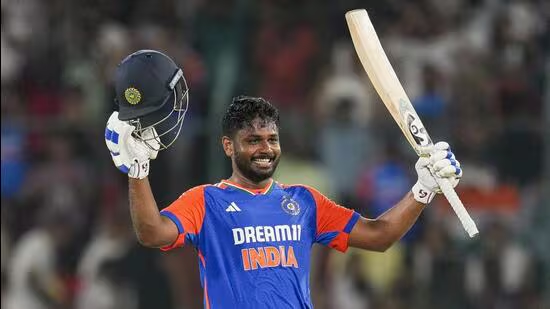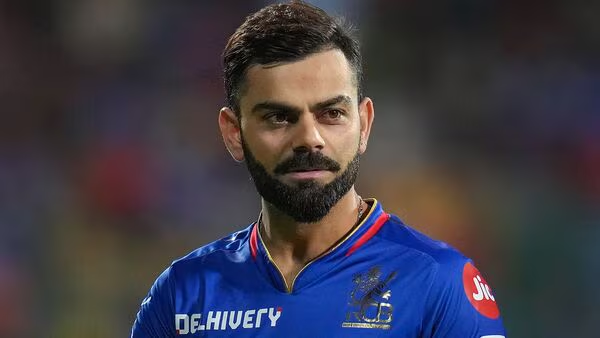
The International Cricket Council (ICC) has officially implemented a groundbreaking stop clock system in Test cricket, marking a historic shift in the sport’s longest format to address persistent slow over-rate issues. The revolutionary timing mechanism, already successful in limited-overs cricket, has now been extended to Test matches as part of the updated playing conditions for the 2025-27 World Test Championship (WTC) cycle.
How the Test Cricket Stop Clock Works Under the new ICC regulations, fielding teams must be ready to commence each over within 60 seconds of the previous over’s completion. An electronic clock displayed prominently at cricket grounds will count from zero to 60 seconds, providing real-time visibility of the timing requirements to players, officials, and spectators alike.
The penalty system operates on a structured warning approach:
– Teams receive two official warnings from umpires for exceeding the 60-second limit
– After two warnings, subsequent violations result in a five-run penalty awarded to the batting team
– Warning counters reset after every 80 overs, ensuring fair implementation throughout lengthy Test innings
Implementation Timeline and Current Status
The stop clock rules officially commenced with the start of the 2025-27 World Test Championship cycle, with the first implementation occurring during the Test series between Sri Lanka and Bangladesh in Galle. This marks the first time such stringent timing mechanisms have been applied to Test cricket’s traditionally unhurried pace.
The ICC’s decision extends successful trials from white-ball cricket, where stop clocks became permanent fixtures in ODIs and T20Is from June 2024, beginning with the ICC Men’s T20 World Cup in the West Indies and USA.
Additional Rule Changes in New WTC Cycle
Beyond the stop clock introduction, the ICC has implemented several other significant playing condition updates:
Fielding Team Strike Choice: Teams can now decide which batter faces the next delivery in cases of deliberate short runs, adding a strategic element to Test match tactics.
Saliva Usage Protocol: The mandatory ball change requirement following deliberate saliva use has been eliminated, streamlining match proceedings without compromising playing standards.
Enhanced DRS Protocols: Updated Decision Review System guidelines now specify clearer management procedures for secondary dismissals, improving umpiring consistency.
Impact on Test Cricket’s Future
Cricket analysts predict the stop clock implementation will significantly improve Test match pace without compromising the format’s traditional strategic depth. The measure addresses long-standing fan complaints about slow over rates that have historically extended playing days and reduced spectator engagement.
Former players and cricket commentators have welcomed the initiative, noting that similar timing mechanisms in limited-overs formats have successfully maintained competitive intensity while ensuring matches progress efficiently.
Global Cricket Community Response
The cricket community has largely embraced the ICC’s progressive approach to modernizing Test cricket. Player associations have indicated support for measures that maintain the game’s integrity while improving spectator experience and broadcast value.
International cricket boards have begun updating ground facilities to accommodate the electronic timing displays, ensuring seamless implementation across all Test venues worldwide.
Looking Ahead: Test Cricket’s Evolution
The stop clock introduction represents part of the ICC’s broader strategy to enhance cricket’s appeal across all formats. By addressing pace-of-play concerns while preserving Test cricket’s unique character, these changes aim to attract new audiences while satisfying traditional cricket enthusiasts.
As the 2025-27 World Test Championship progresses, cricket officials will closely monitor the stop clock’s effectiveness, with potential refinements possible based on player feedback and match analysis.
The successful integration of timing mechanisms from limited-overs cricket into Tests demonstrates the sport’s adaptability and commitment to continuous improvement, ensuring cricket remains relevant and engaging for global audiences in the modern era.
*Stay updated with the latest cricket news and rule changes by following official ICC announcements and World Test Championship developments.





